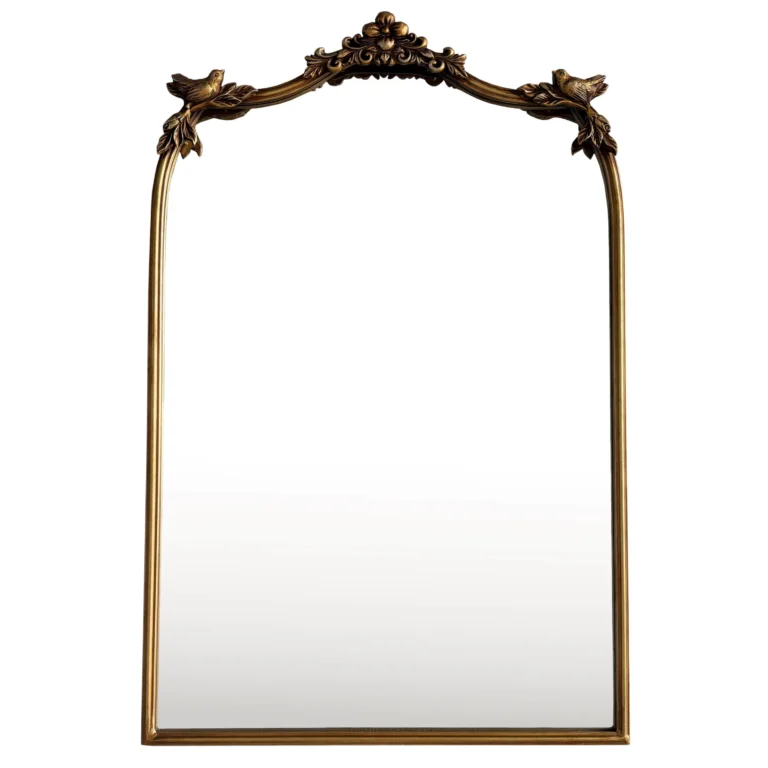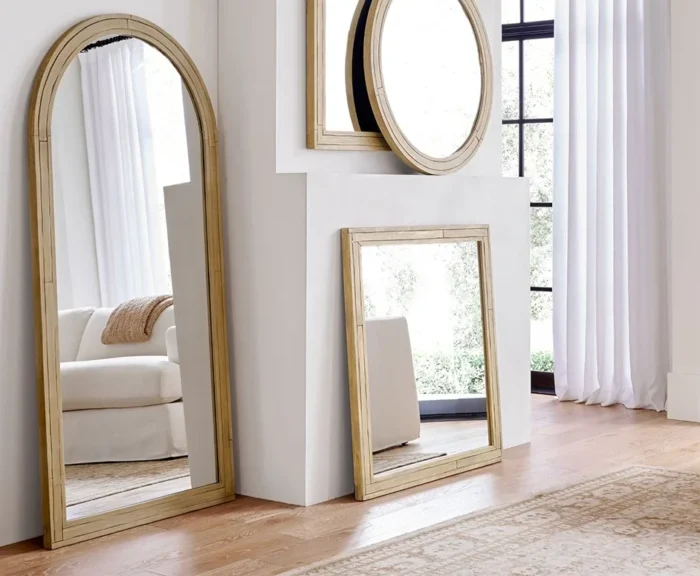mirror workout for actors LA
Of course! A “mirror workout” for actors is a fantastic technique for honing observation, empathy, and physical character work. It’s about more than just imitation; it’s about deep connection and replication of nuance.
Here is a comprehensive guide to a mirror workout for actors in Los Angeles, including how to practice on your own, where to find classes, and why it’s such a valuable skill.
Part 1: The DIY Mirror Workout (How to Practice Alone or with a Partner)
You don’t need a class to start. The core exercise is simple but profound.
What You’ll Need:
-
A partner (the ideal scenario) or a video recording of a person (a great solo alternative).
-
A quiet space with enough room to move.
-
A mirror (if using a video, your computer/phone screen becomes the mirror).
The Basic Exercise (With a Partner):
-
Choose Roles: Designate Partner A as the Leader and Partner B as the Follower (the “mirror”).
-
Face Each Other: Stand facing your partner, about two to three feet apart.
-
Begin Simple: The Leader starts with slow, simple, non-verbal movements. This could be raising an arm, turning the head, shifting weight, or making a subtle facial expression.
-
Mirror Exactly: The Follower’s goal is to replicate the Leader’s movement exactly and simultaneously, as if they are their reflection. The goal is for an outside observer to be unable to tell who is leading.
-
Switch Roles: After 3-5 minutes, switch roles. The Leader becomes the Mirror and vice versa.
Advanced Progressions:
-
Incorporate Emotion: The Leader doesn’t just move physically; they allow an internal emotion to drive the movement. The Follower must replicate the movement and connect to the emotion behind it.
-
Add Objectives: The Leader has a simple objective (e.g., “try to pick up a fragile object,” “look at yourself in a real mirror,” “hide from someone”). The Follower must deduce the objective through the physicality.
-
Switch Without Verbal Cue: Practice to the point where you can seamlessly switch the leadership role without stopping, using only a subtle physical cue like a breath or a specific look.
-
Vocal Mirroring: Once physical mirroring is strong, add sounds, sighs, or even lines of dialogue. Mirror the tone, pitch, and pace, not just the words.
Solo Practice with Video:
Find a monologue or scene from a film with a powerful, physical performance. Some classic actors for this include:
-
Philip Seymour Hoffman (in anything – his physicality was always deeply connected)
-
Viola Davis (watch her in Fences or Doubt)
-
Joaquin Phoenix (Joker)
-
Frances McDormand (Three Billboards Outside Ebbing, Missouri)
-
Meryl Streep (pick any film!)
Play the clip on a loop and try to mirror the actor exactly: their posture, their blink rate, how they hold their mouth, the tension in their shoulders. Don’t judge the performance; just absorb and replicate it physically. This is like a musician playing along to a master’s recording.
Part 2: The Benefits – Why LA Actors Should Do This
This isn’t just a party game. It’s a core acting tool that builds essential muscles.
-
Deepens Listening (& Watching): You learn to listen with your whole body, not just your ears. You become hyper-aware of micro-expressions and subtle shifts in energy.
-
Builds Connection and Chemistry: This is crucial for scene work. Mirroring builds an almost psychic connection between actors, making scenes feel more authentic and reactive.
-
Breaks Self-Consciousness: You are too focused on your partner to be stuck in your own head. It forces you to be present and outward-focused.
-
Character Physicality: It’s the fastest way to physically understand and embody a character that is different from you. You learn how emotions manifest physically in another person.
-
Improvisation Skills: It trains you to accept and build upon your partner’s offers instantly, which is the foundation of great improv.
Part 3: Where to Find Mirror Workout Classes in LA
Many renowned acting techniques incorporate mirror exercises, especially the Meisner technique. You won’t always find a class called “Mirror Workout,” but you will find these exercises embedded in the curriculum of these top-tier studios.
1. Playhouse West (North Hollywood):
-
Focus: The Meisner Technique, as taught by Sanford Meisner.
-
Why it’s relevant: The “Repetition Exercise,” a cornerstone of Meisner, is a direct cousin to mirroring. It’s about responding truthfully to the behavior of your partner. The physical mirror exercise is a common tool used here.
2. The Elizabeth Mestnik Acting Studio (EMAS) (Los Feliz):
-
Focus: Meisner Technique and Stanislavski.
-
Why it’s relevant: Their Meisner program heavily emphasizes the foundational work of listening, responding, and connecting authentically with your scene partner, which is exactly what mirroring trains.
3. Lesly Kahn & Co. (Heart of Hollywood):
-
Focus: Comedy, on-camera technique, and blending comedy with truth.
-
Why it’s relevant: While known for comedy, Kahn’s work is deeply technical. The skill of matching another actor’s energy and rhythm is critical for comedic timing and ensemble work. You will engage in partner exercises that build this skill.
4. The Groundlings Theatre & School (Melrose):
-
Focus: Improvisation and Sketch Comedy.
-
Why it’s relevant: Mirroring is a fundamental improv game and skill. Their basic and intermediate improv classes are essentially an extended, advanced, and often hilarious mirror workout. It’s about “yes, and…” in physical form.
5. Anthony Meindl’s Actor Workshop (AMAW) (Multiple Locations):
-
Focus: Organic, intuitive, and authentic performance.
-
Why it’s relevant: AMAW’s approach is all about being present and connected. Their classes involve many partner and ensemble exercises designed to break down walls and build trust, which often includes exercises like mirroring.
How to Choose:
-
For Drama/Serious Theatre: Look to Playhouse West or EMAS.
-
For Comedy & Film/TV: Look to Lesly Kahn or The Groundlings.
-
For a More Intuitive, Holistic Approach: Check out AMAW.
Final Tip: Most of these studios offer a free or low-cost introductory class. Take an intro class at a few places to see which teaching style and community resonate with you most. The best workout is one you’ll stick with.
Generally speaking, our order requirements are as follows: the minimum order quantity (MOQ) for large items is 50 pieces, for regular items it is 100 pieces, for small items it is 500 pieces, and for very small items (such as ceramic decorations) the MOQ is 1,000 pieces. Orders exceeding $100,000 will receive a 5% discount. The delivery timeline is determined based on the specific order quantity and production schedule. Typically, we are able to complete delivery within two months.
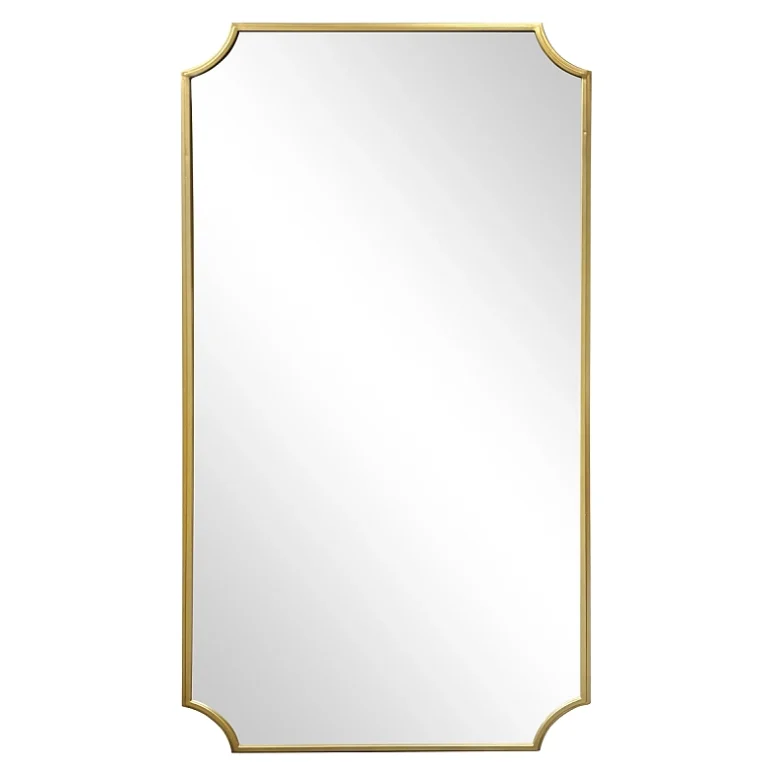
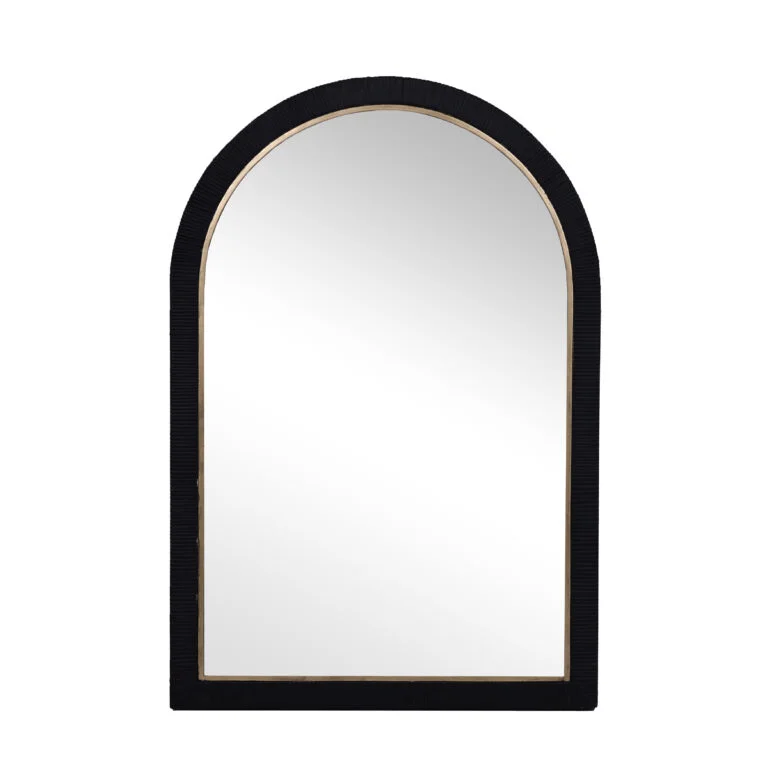
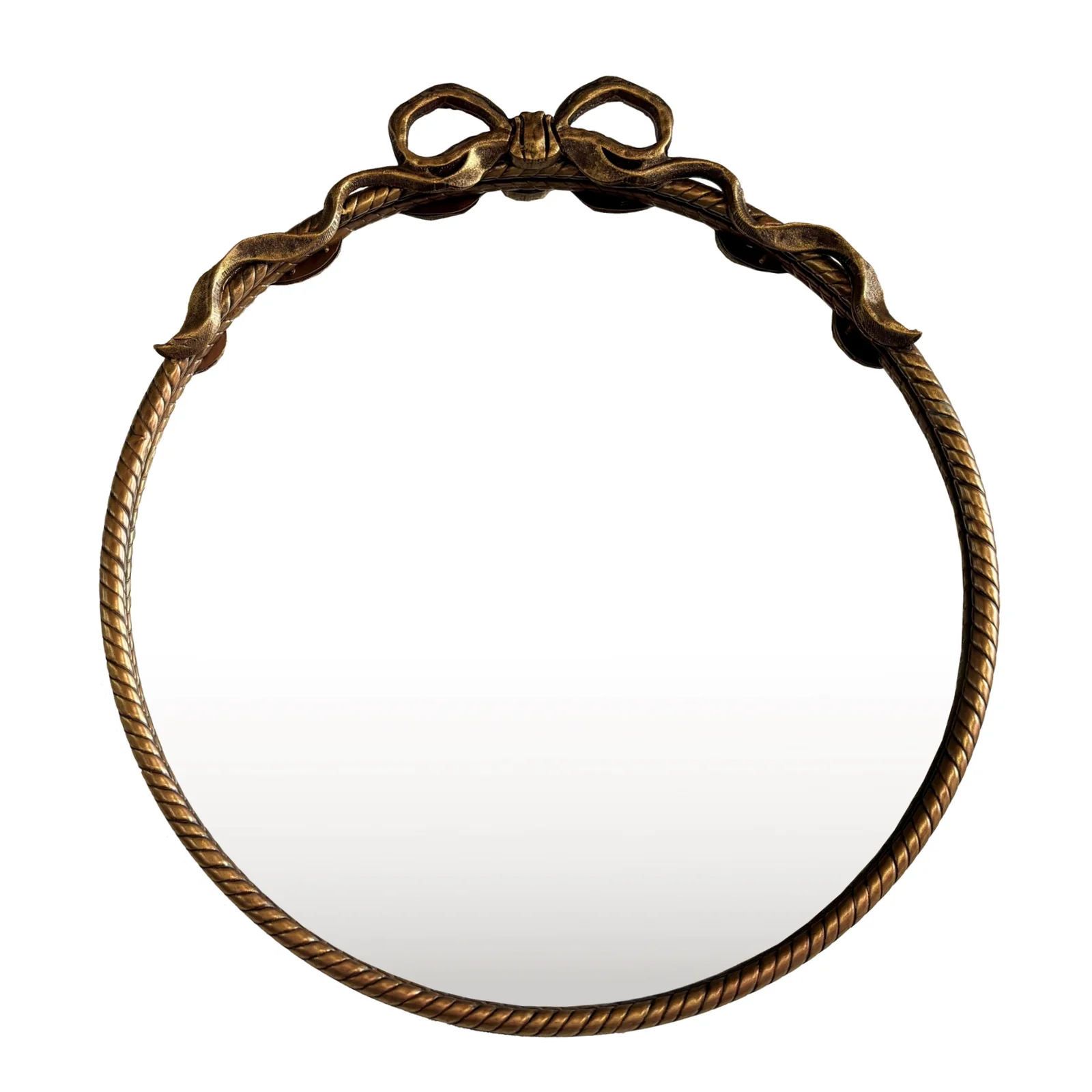
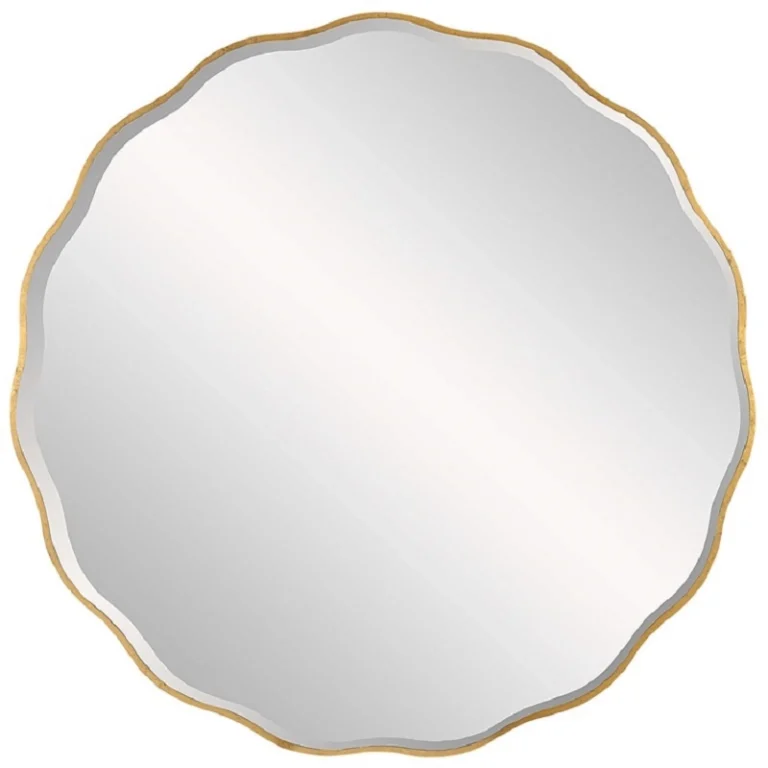
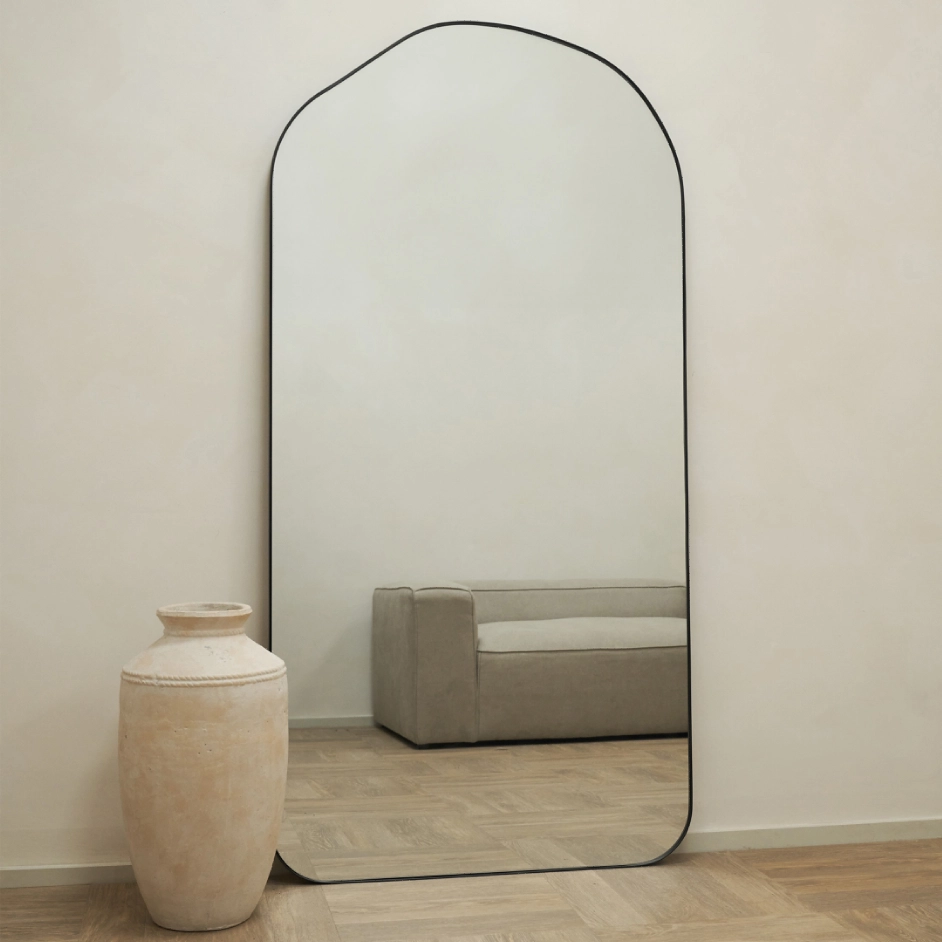


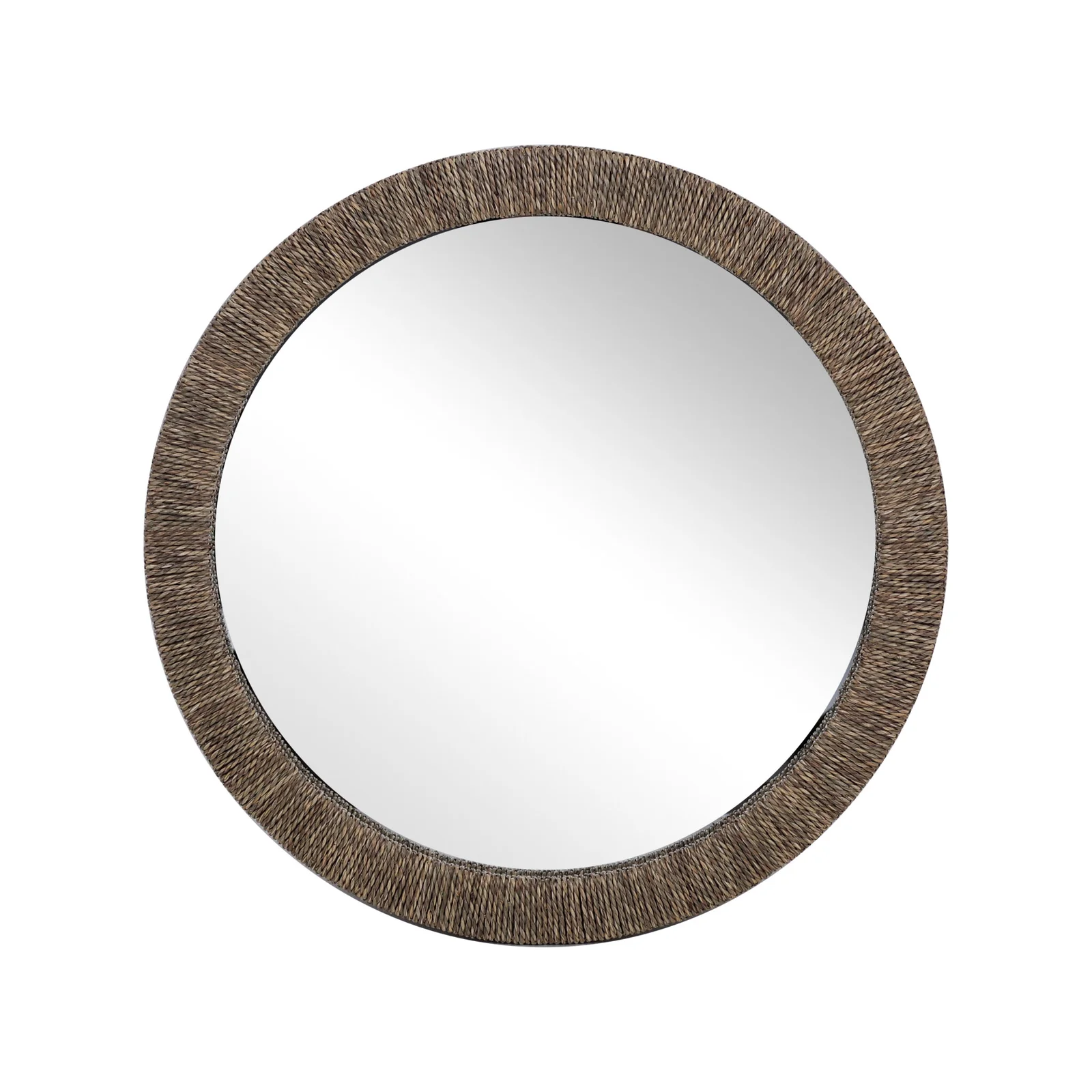
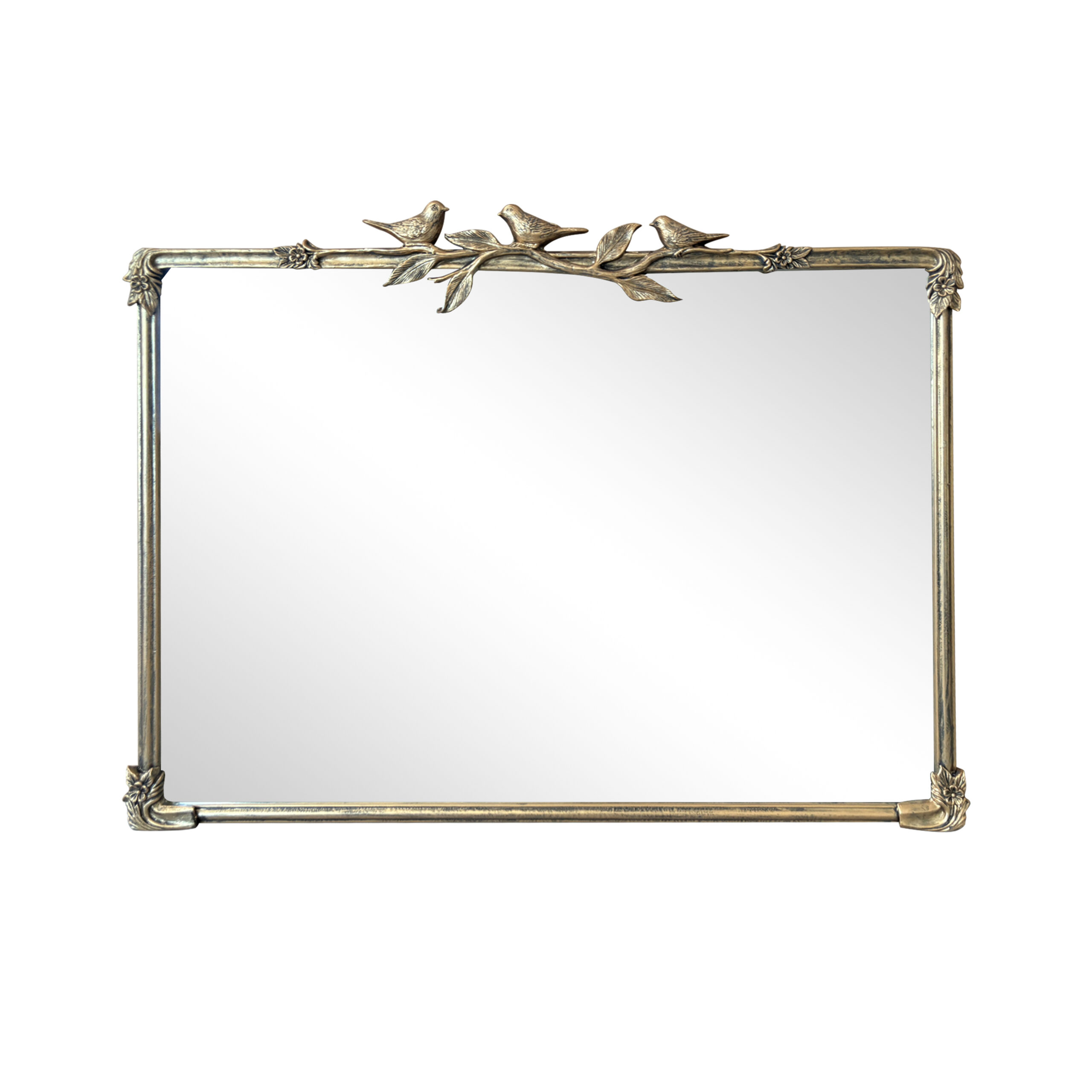
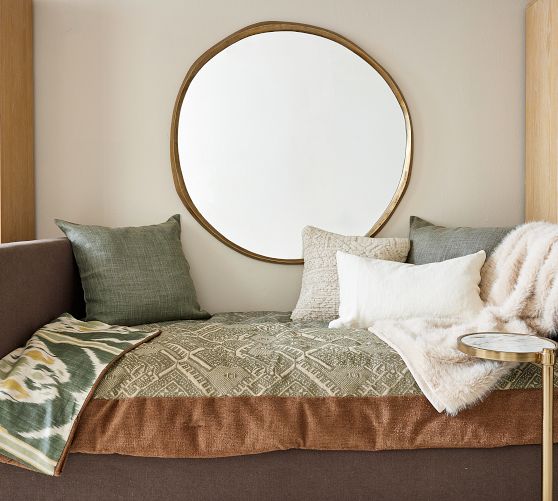
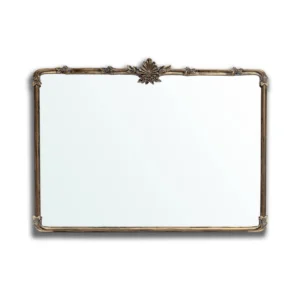
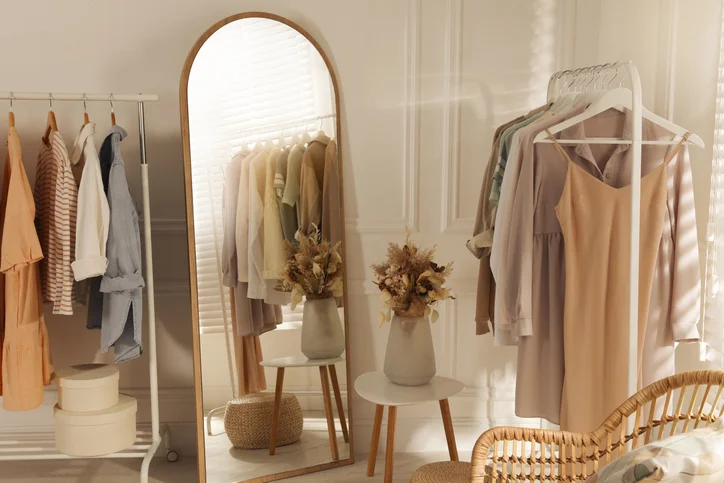
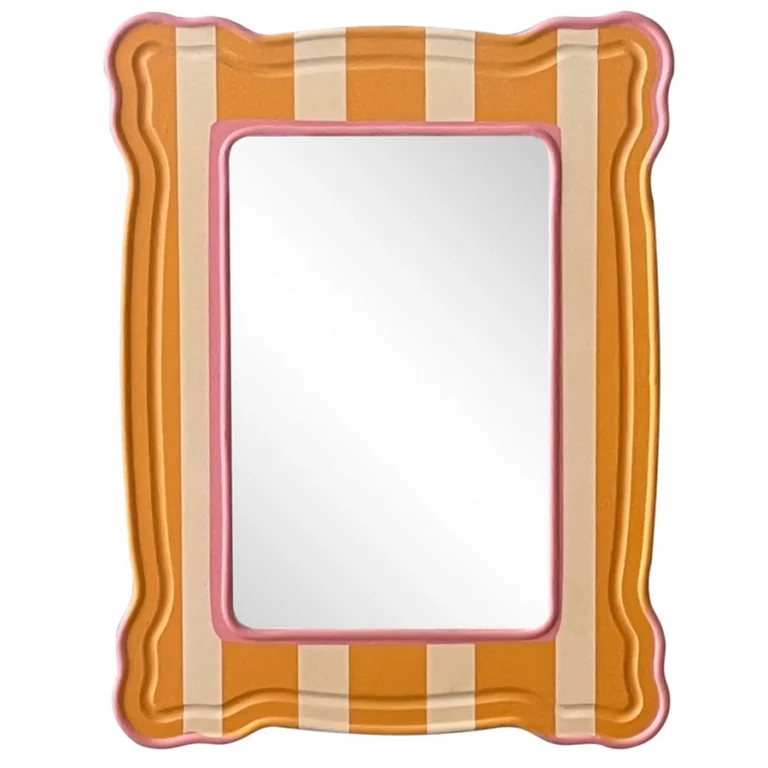
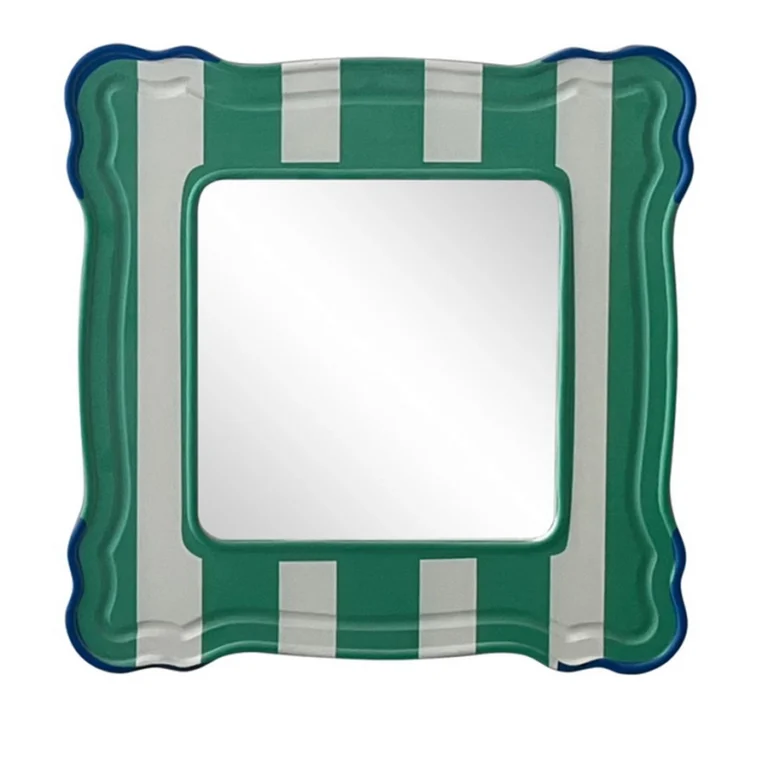
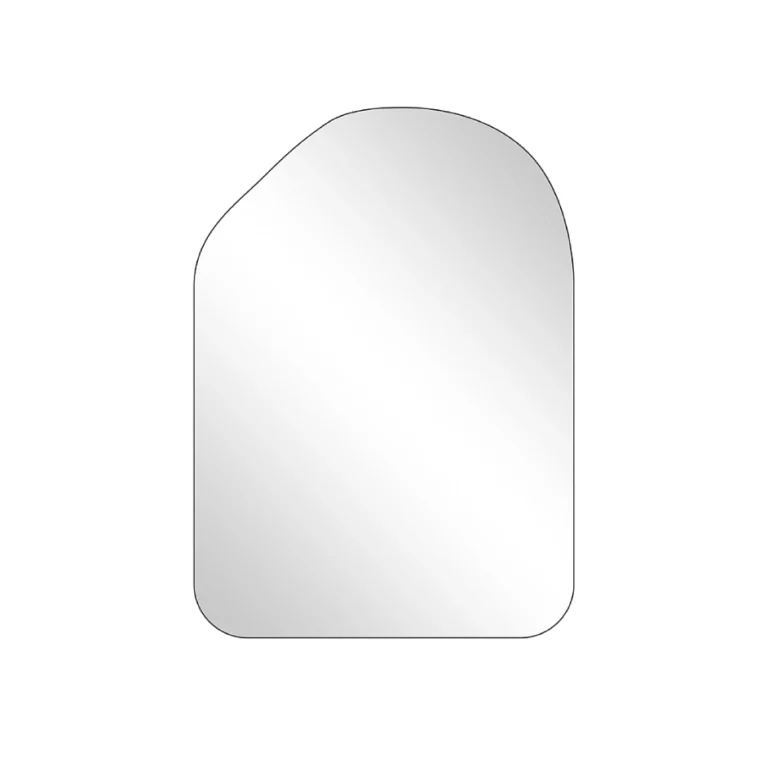
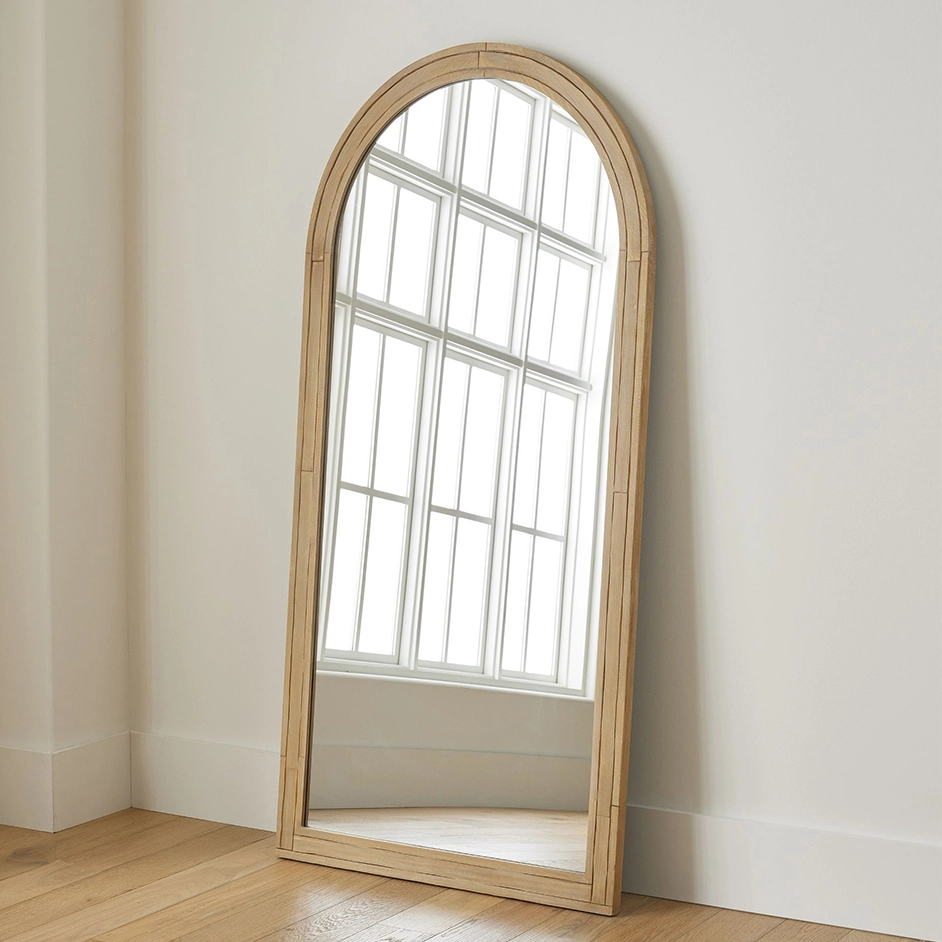
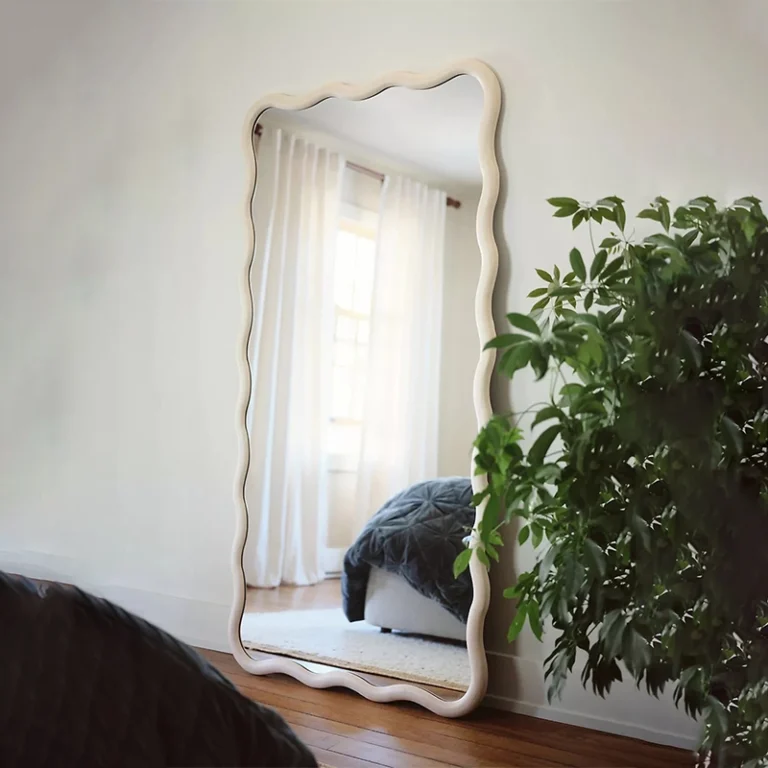



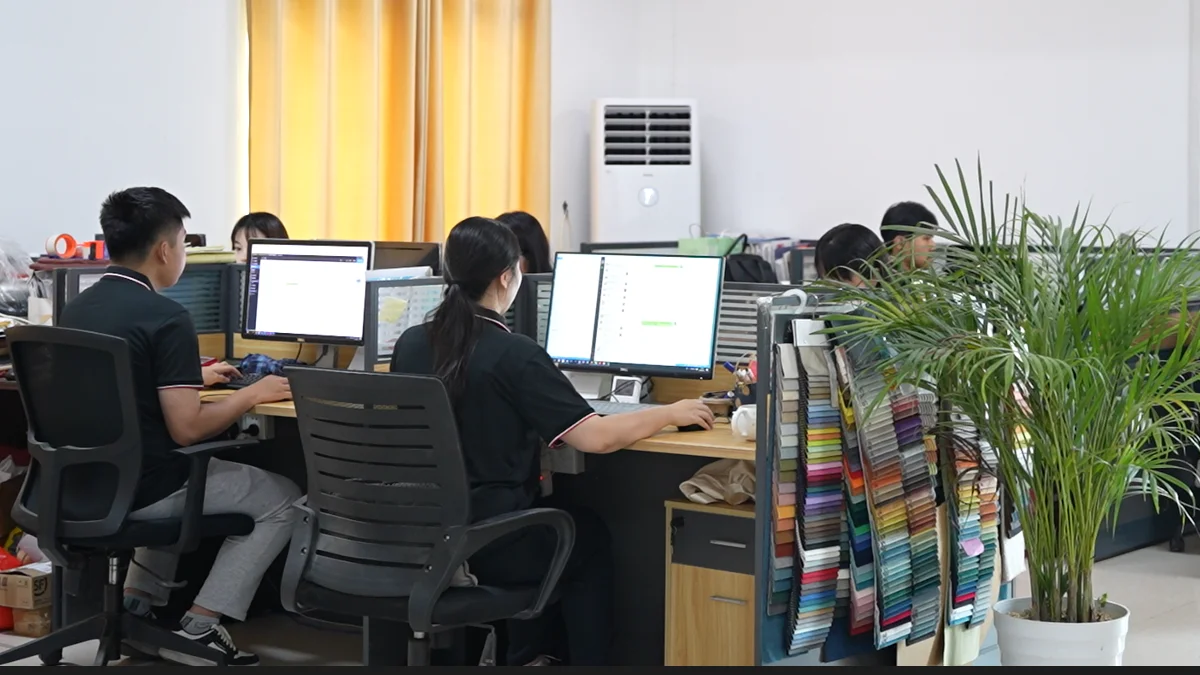
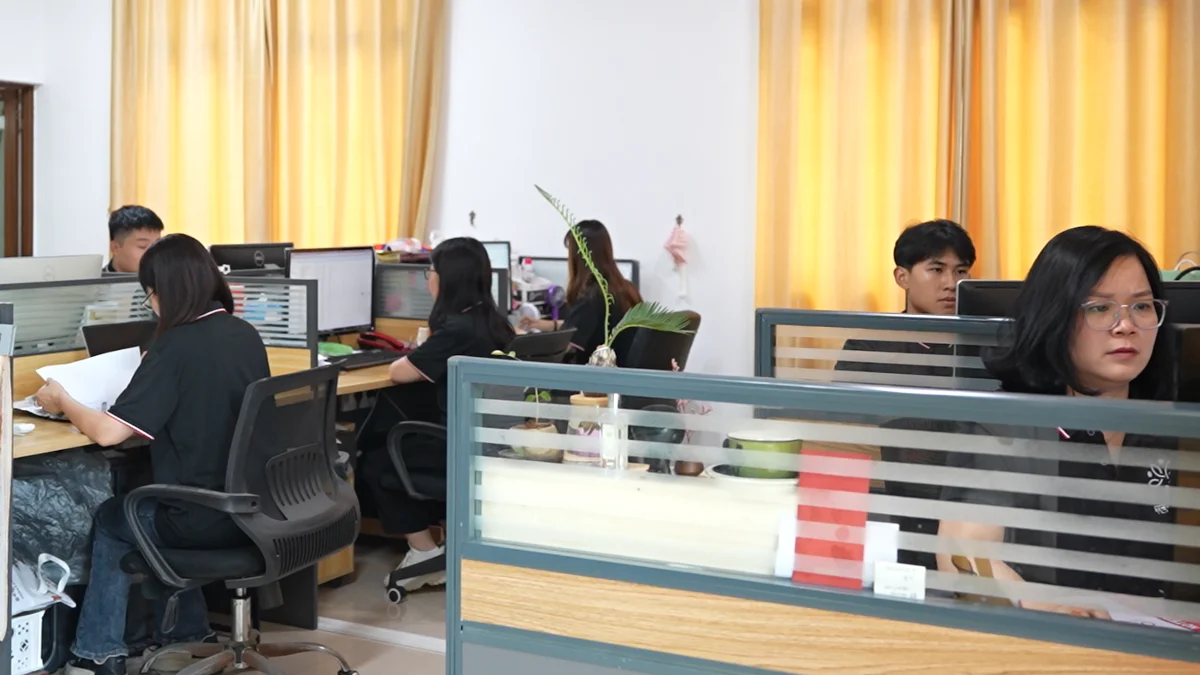
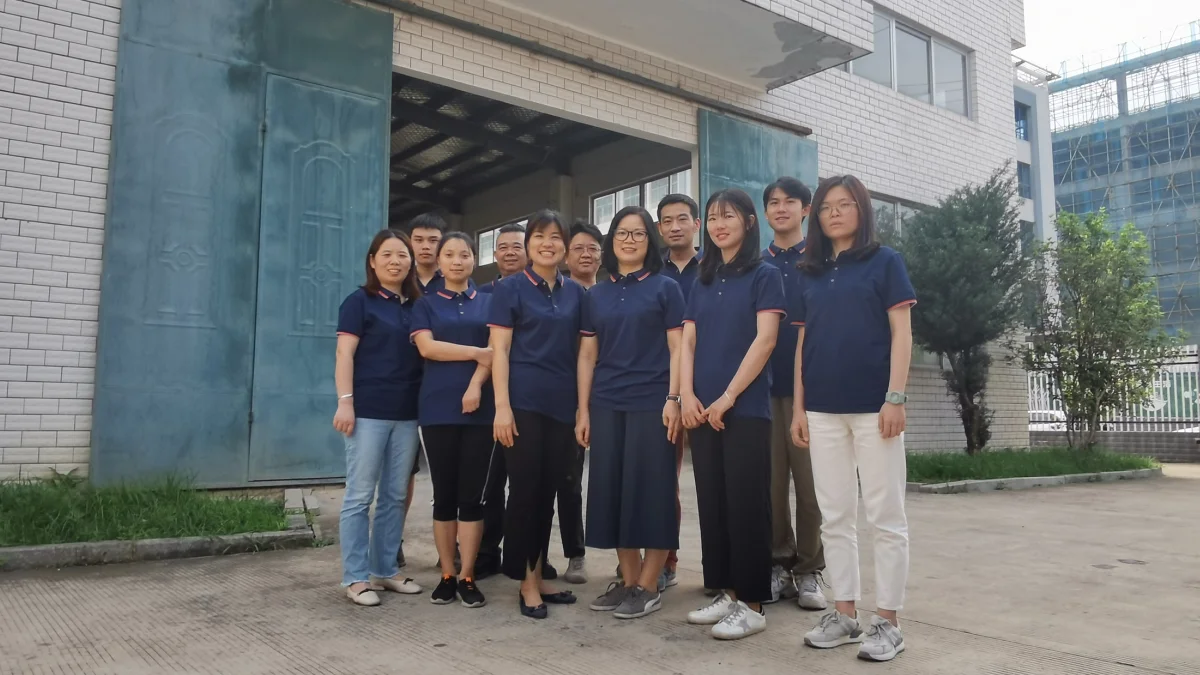
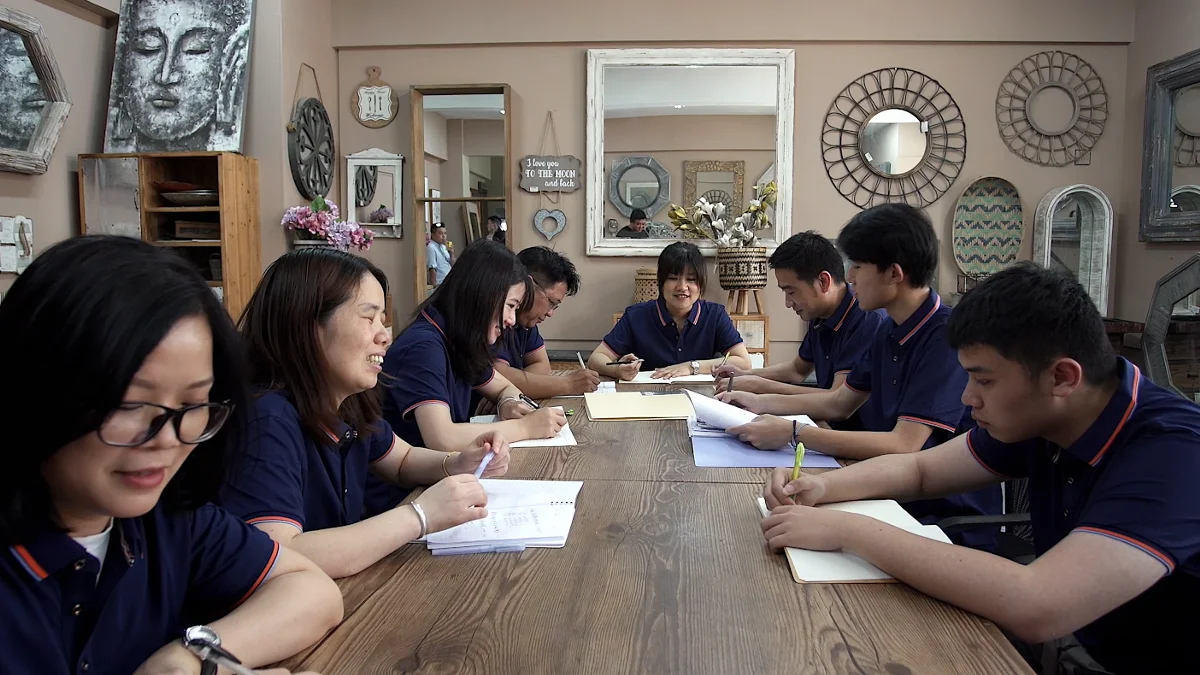

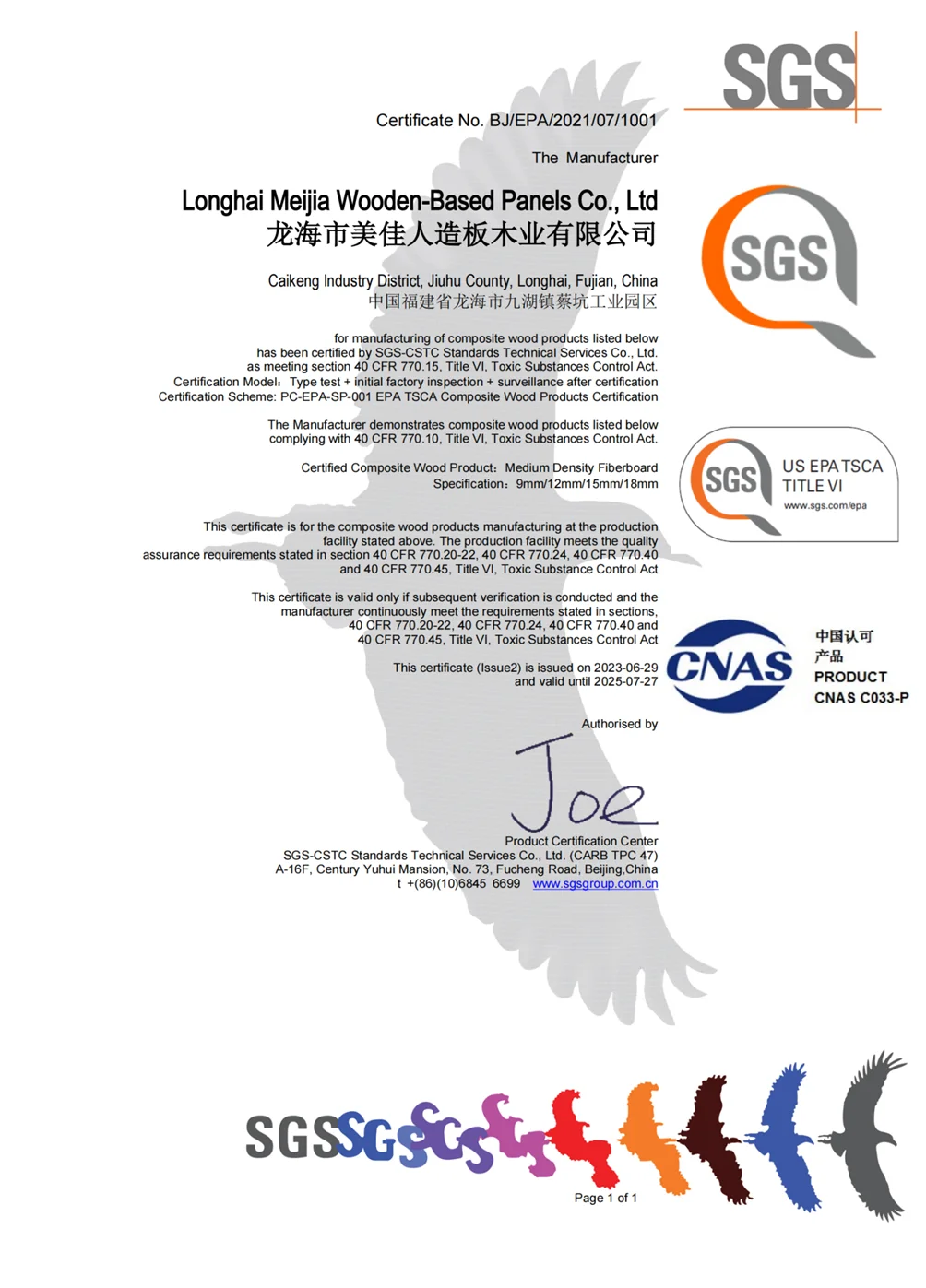

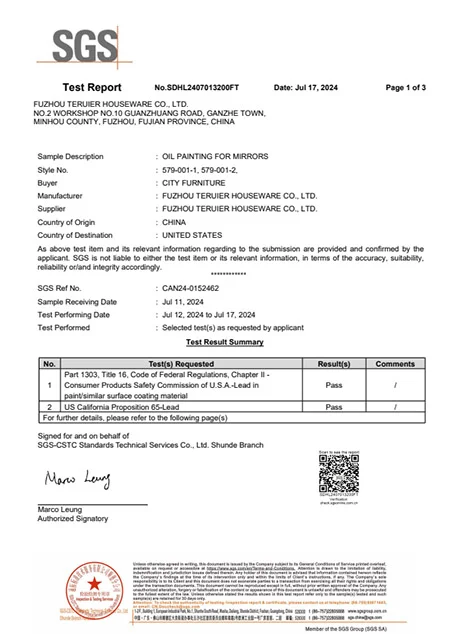

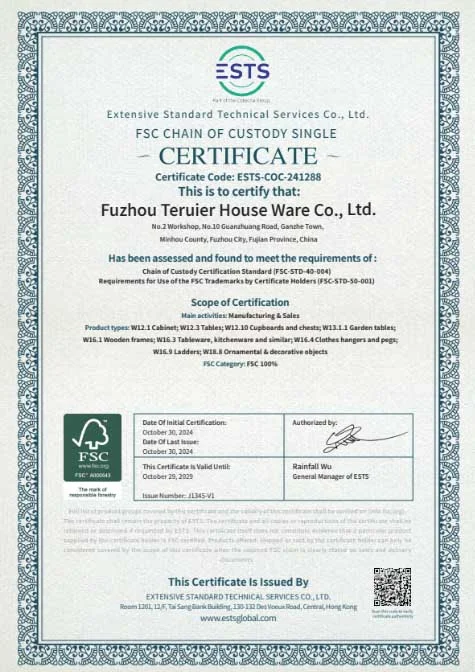
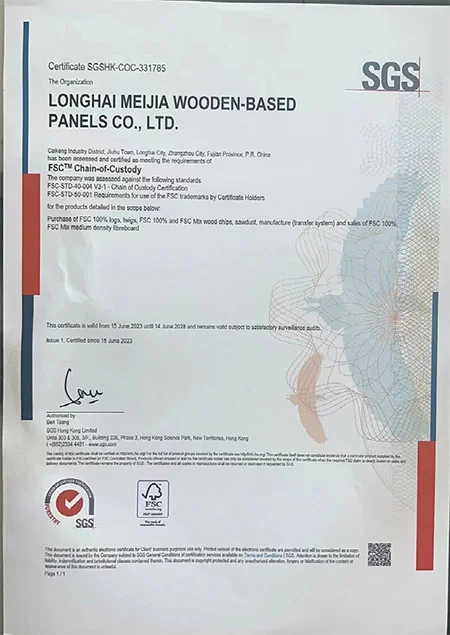
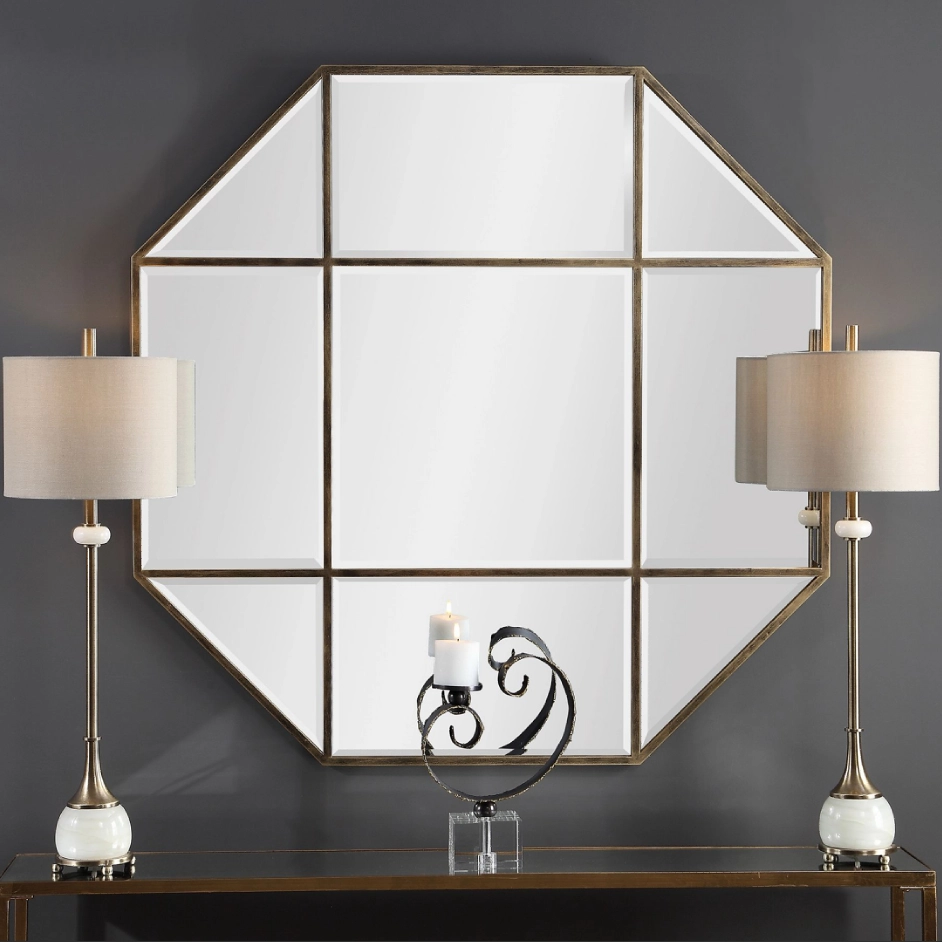
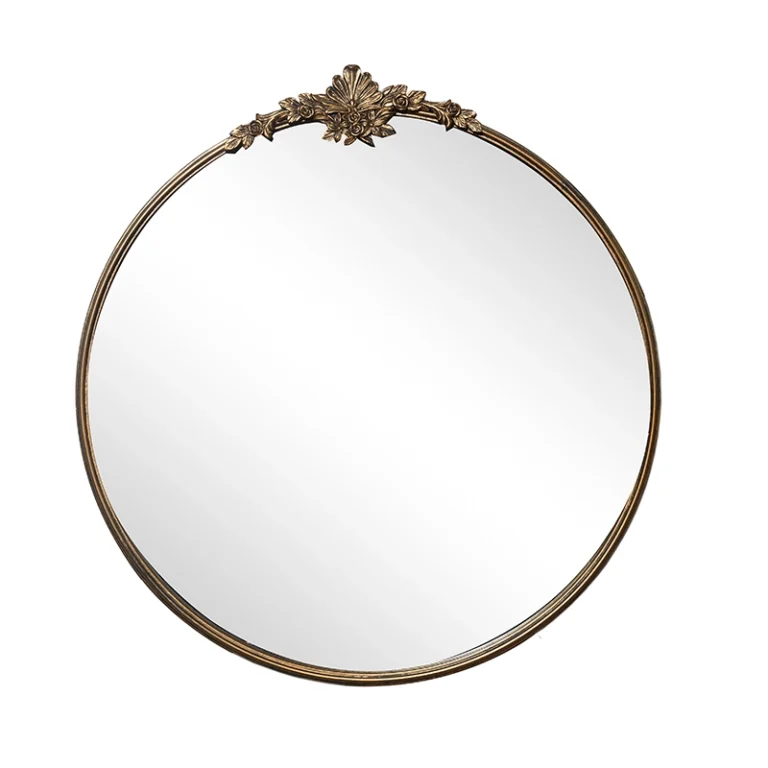
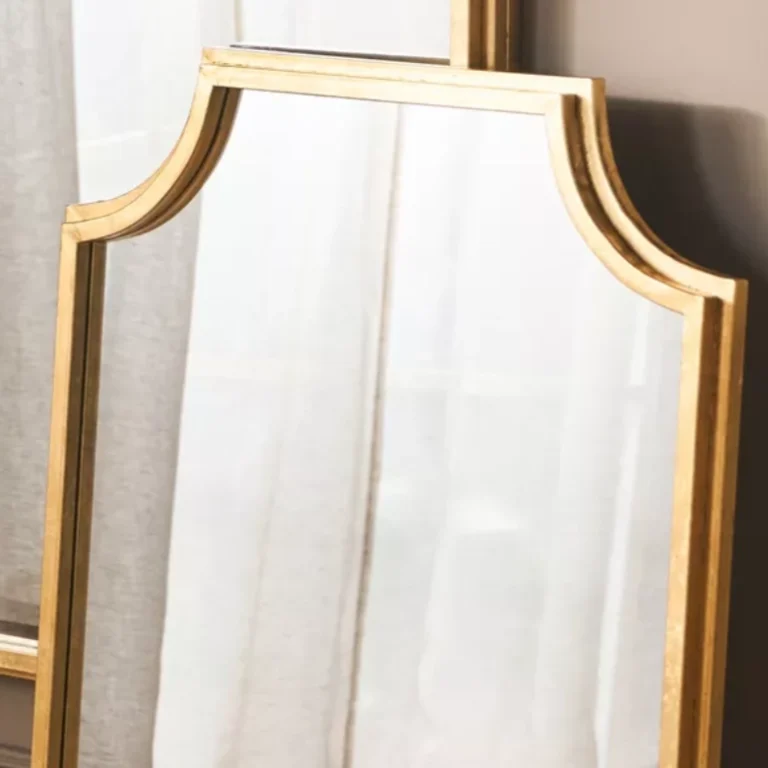
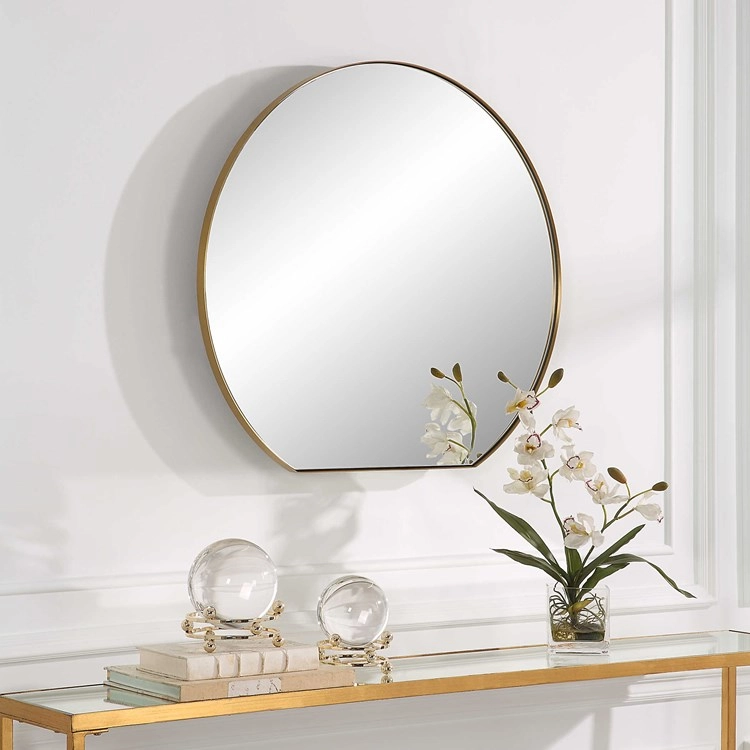

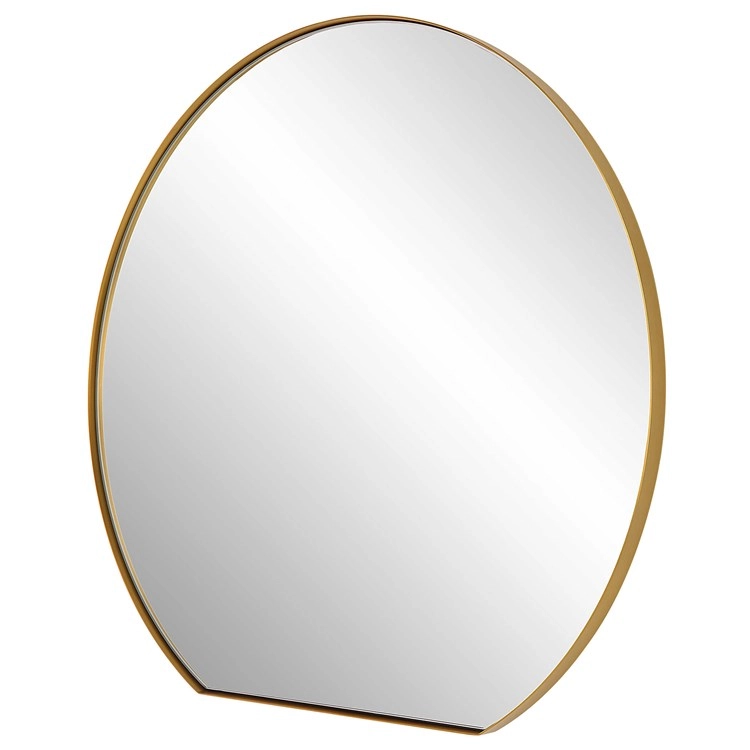
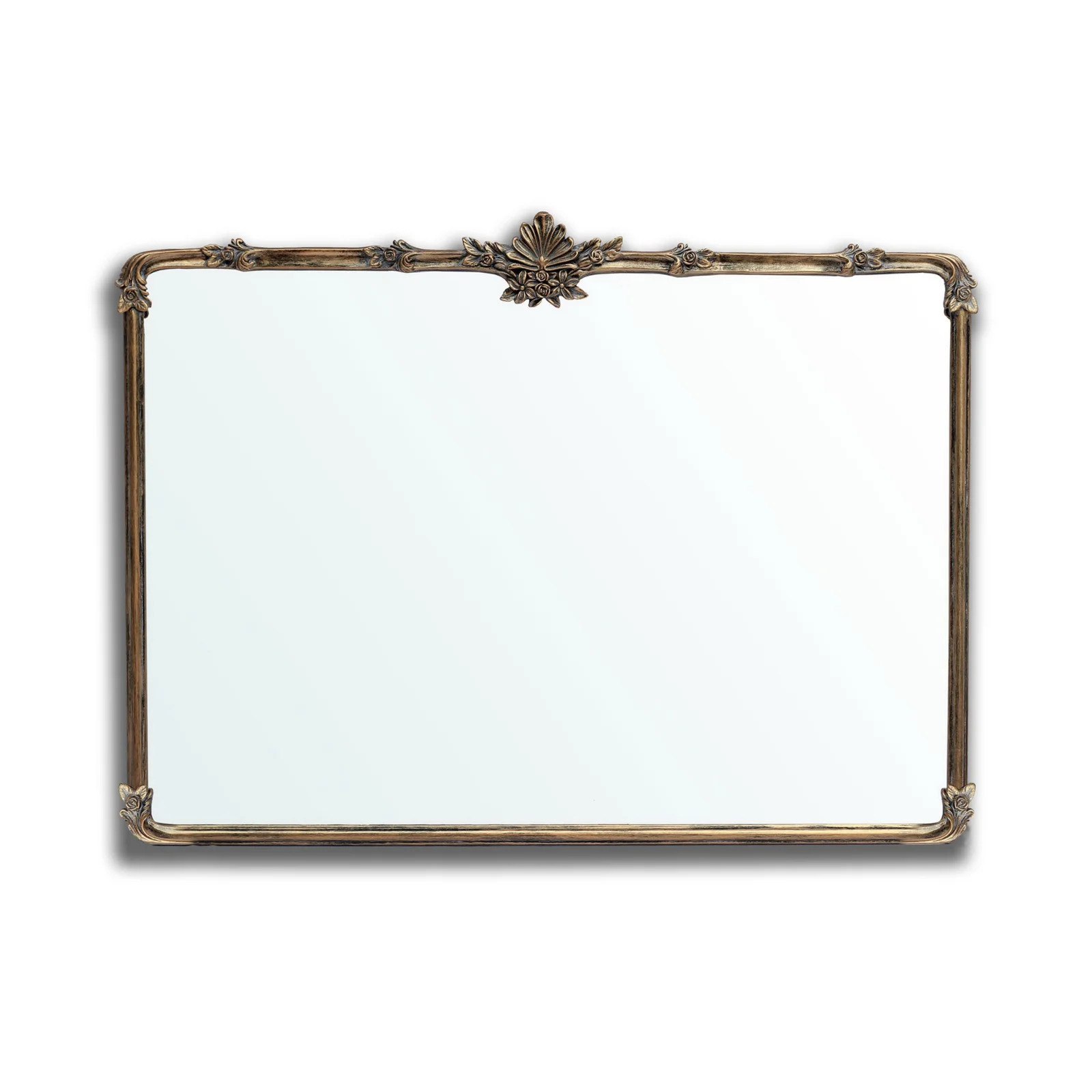
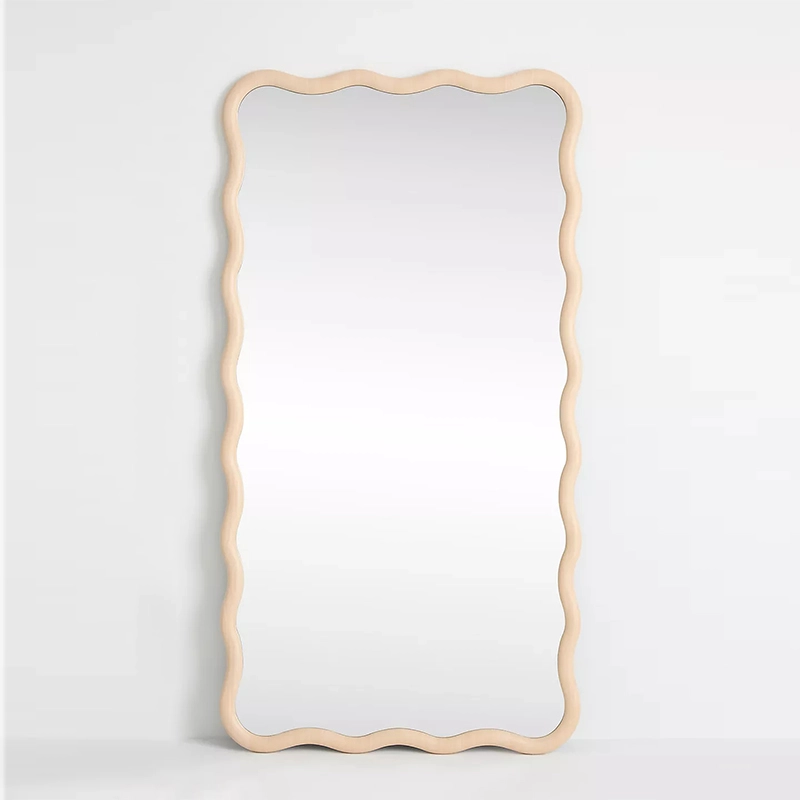
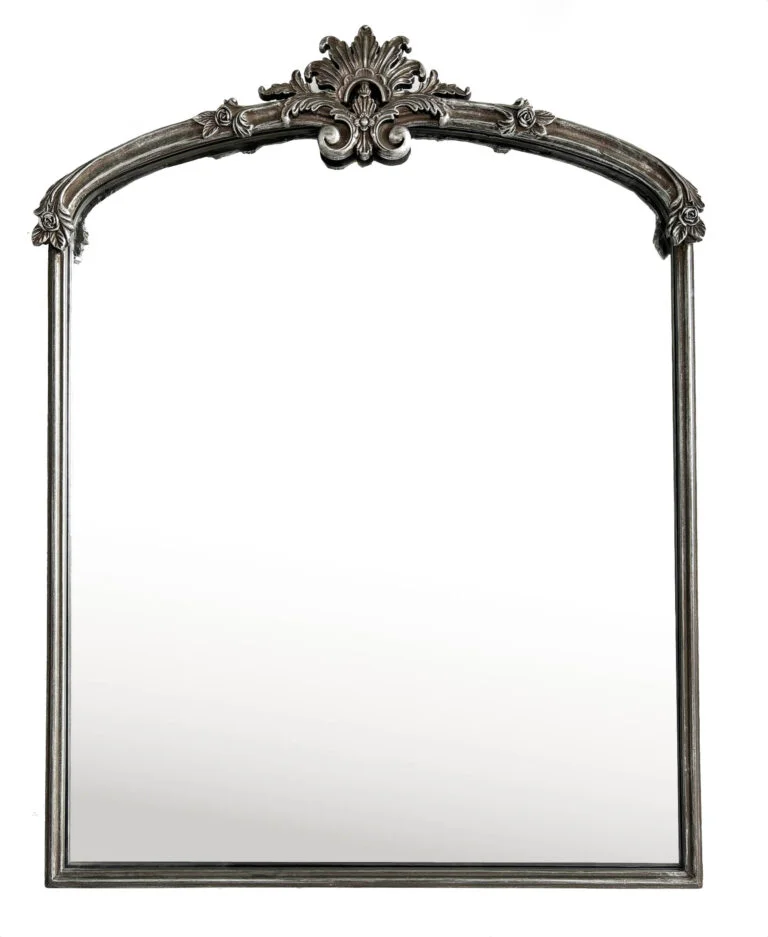
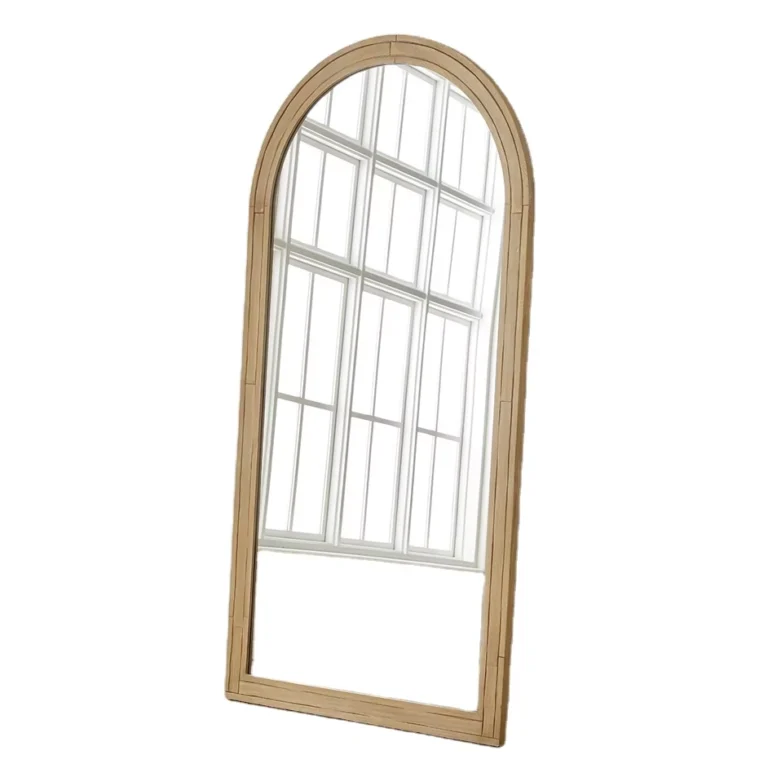
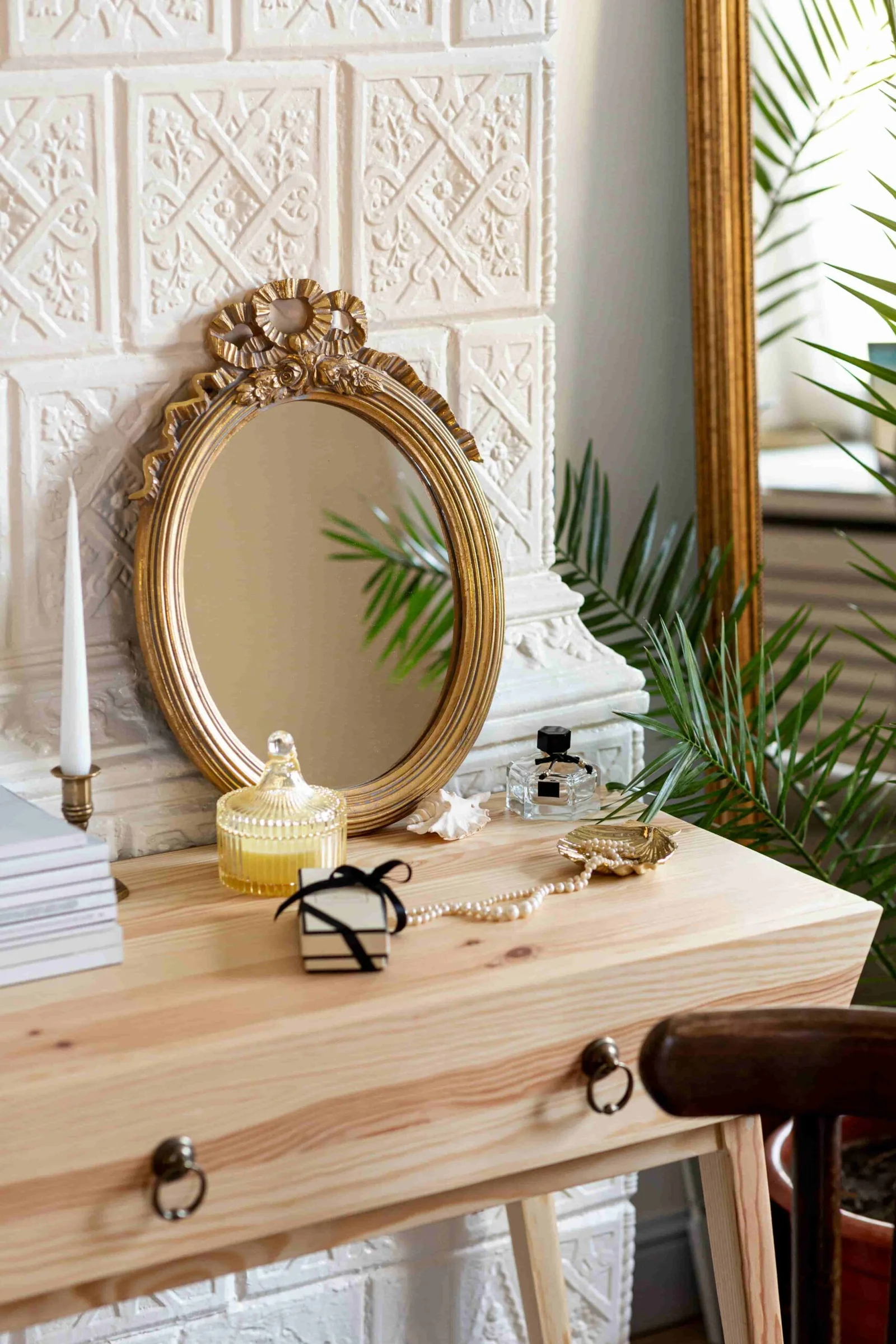

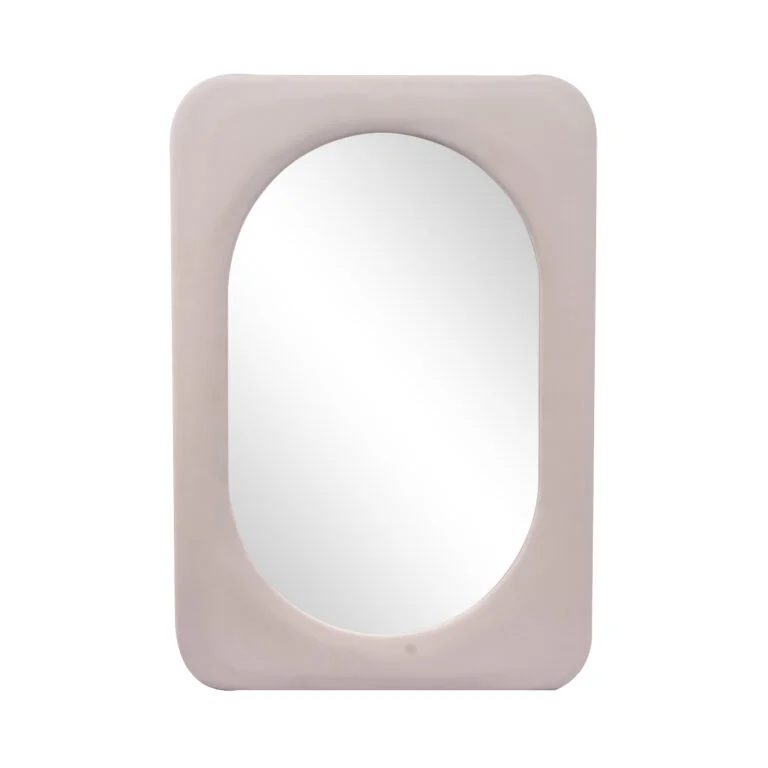
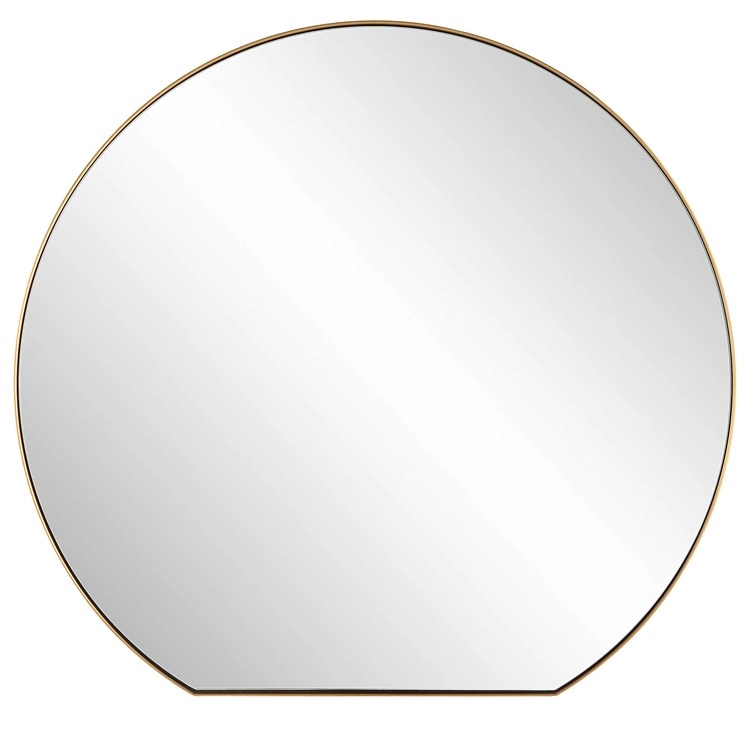
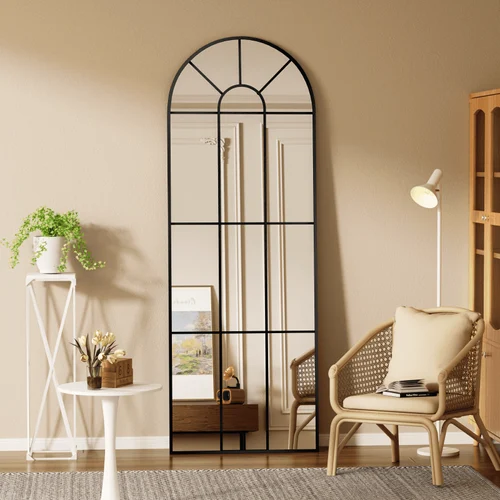

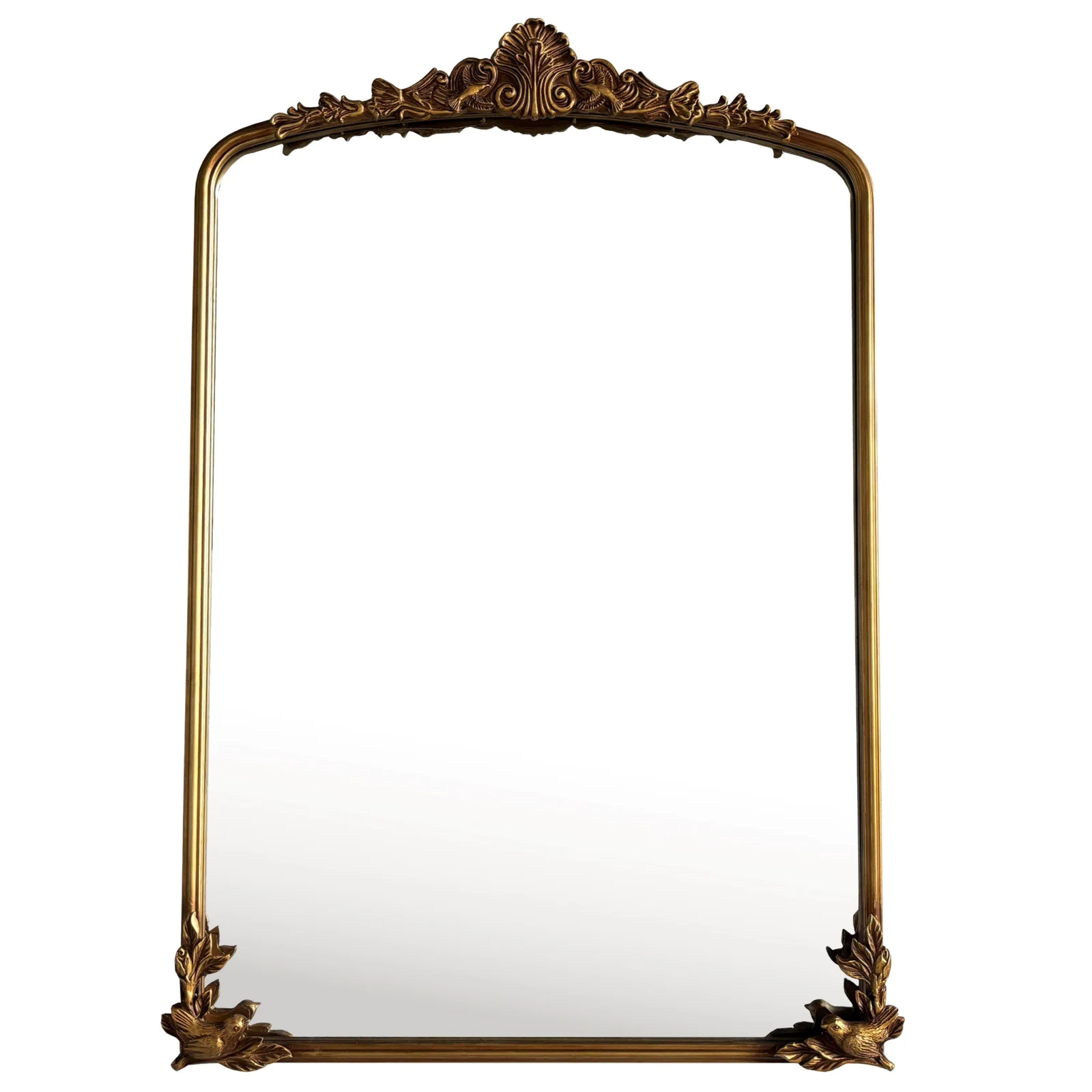

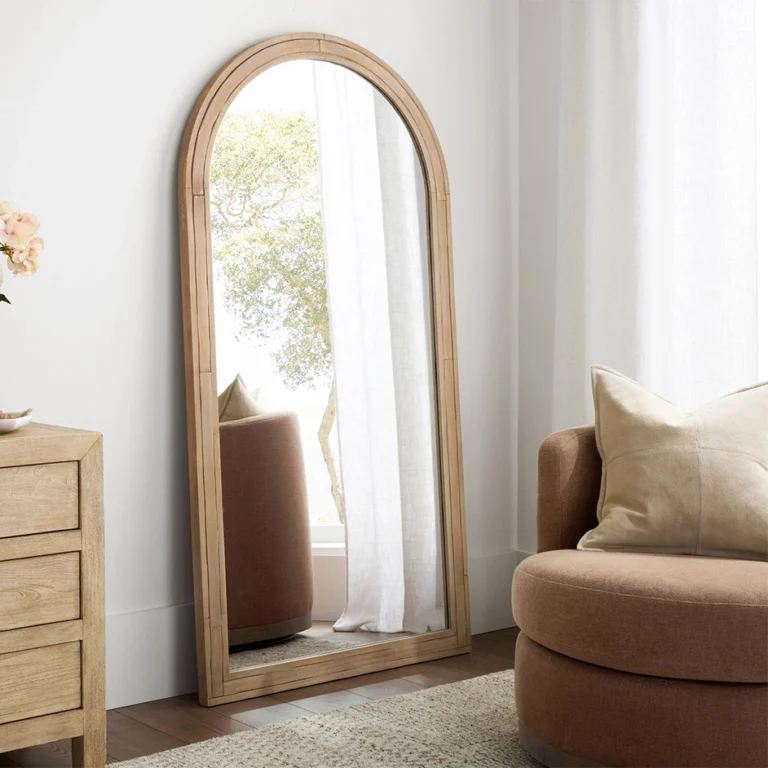
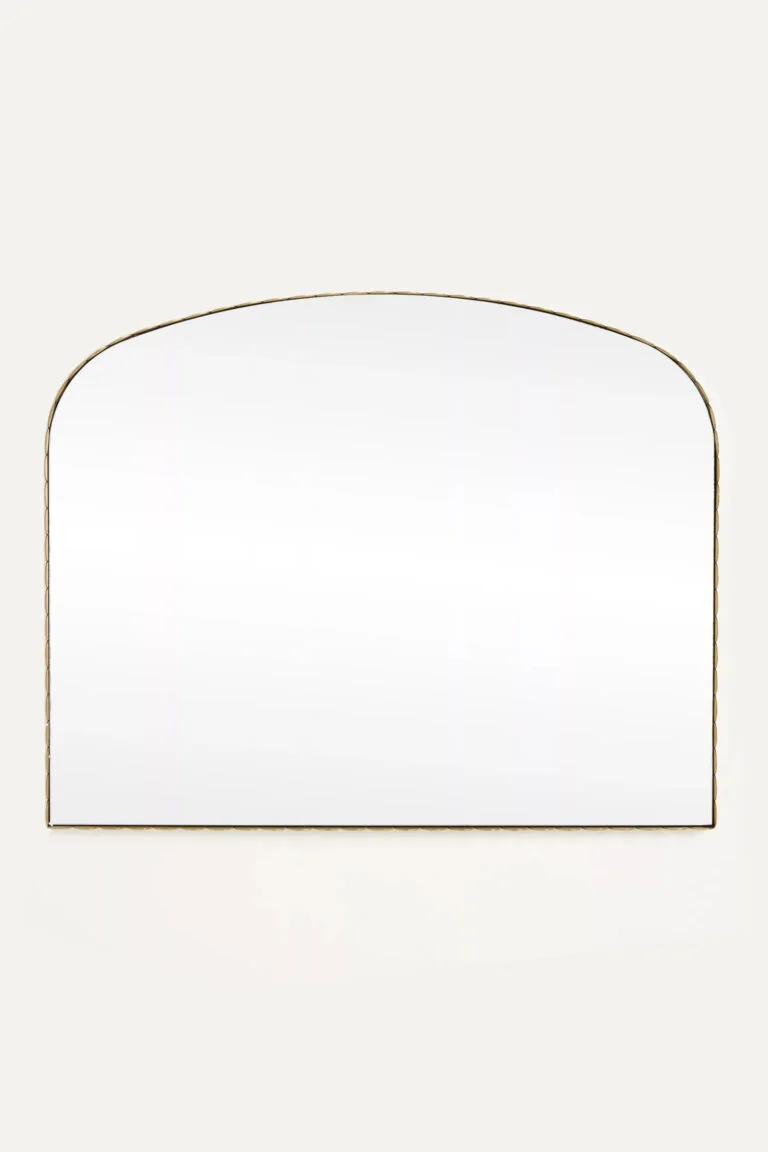


-scaled.jpg)
